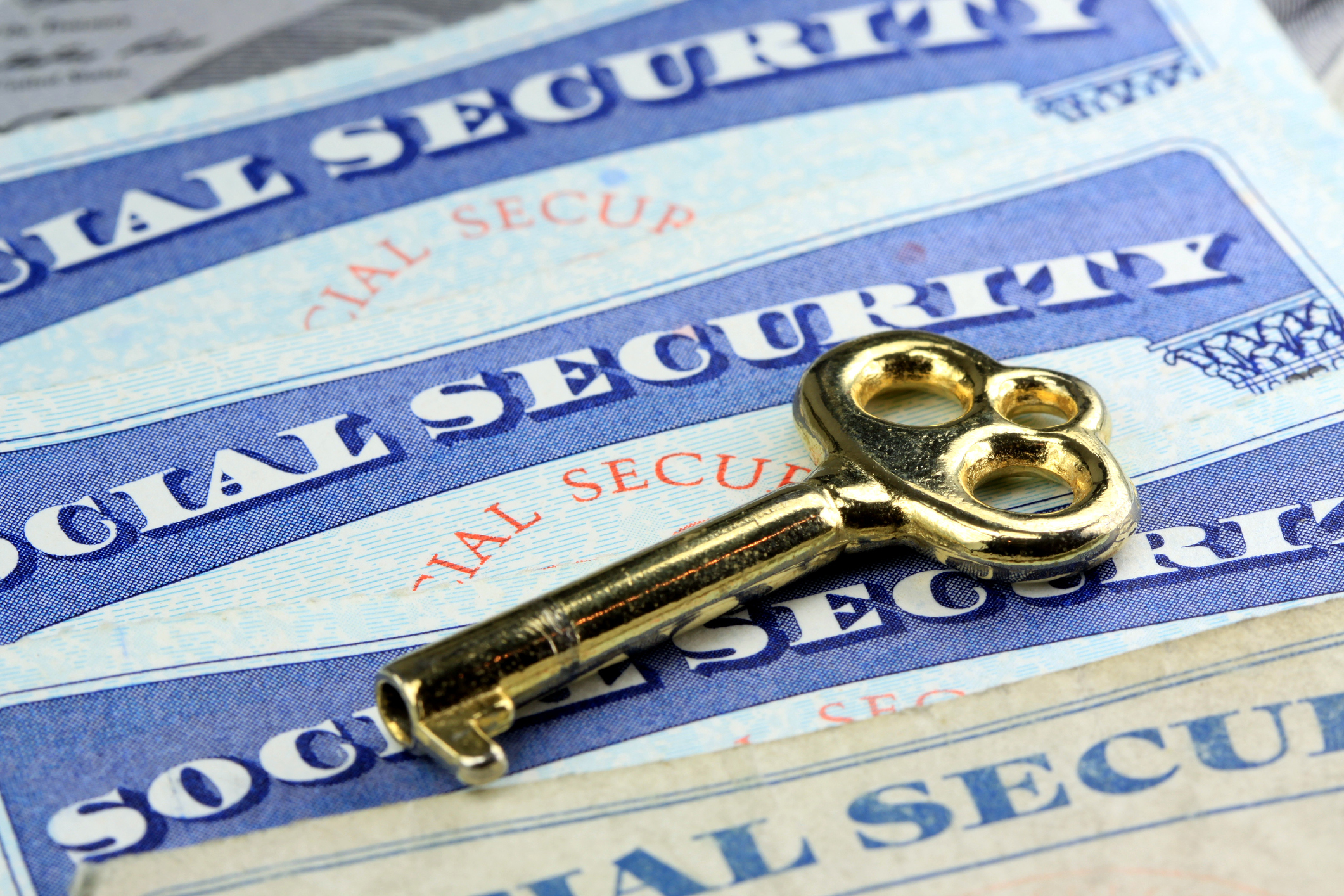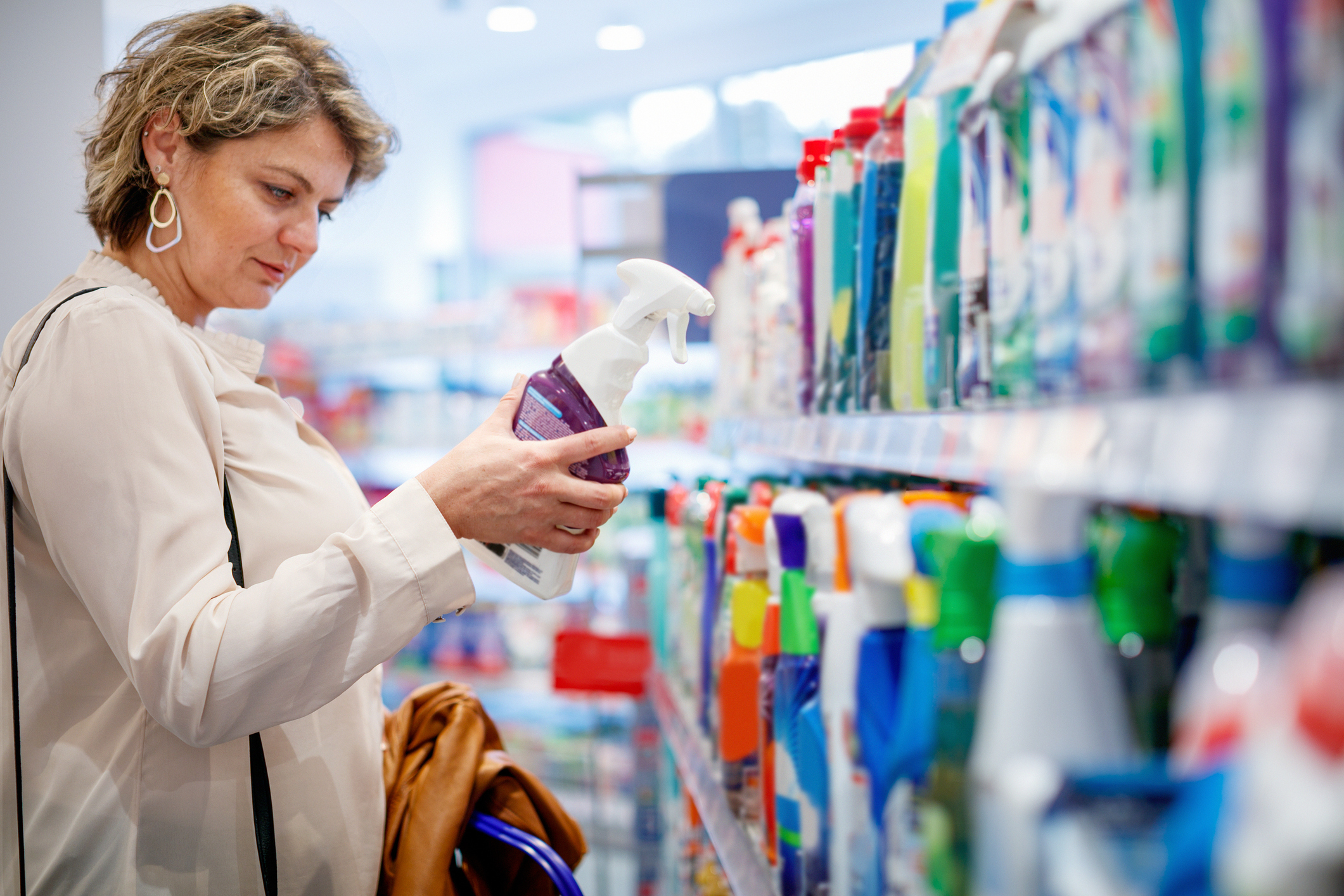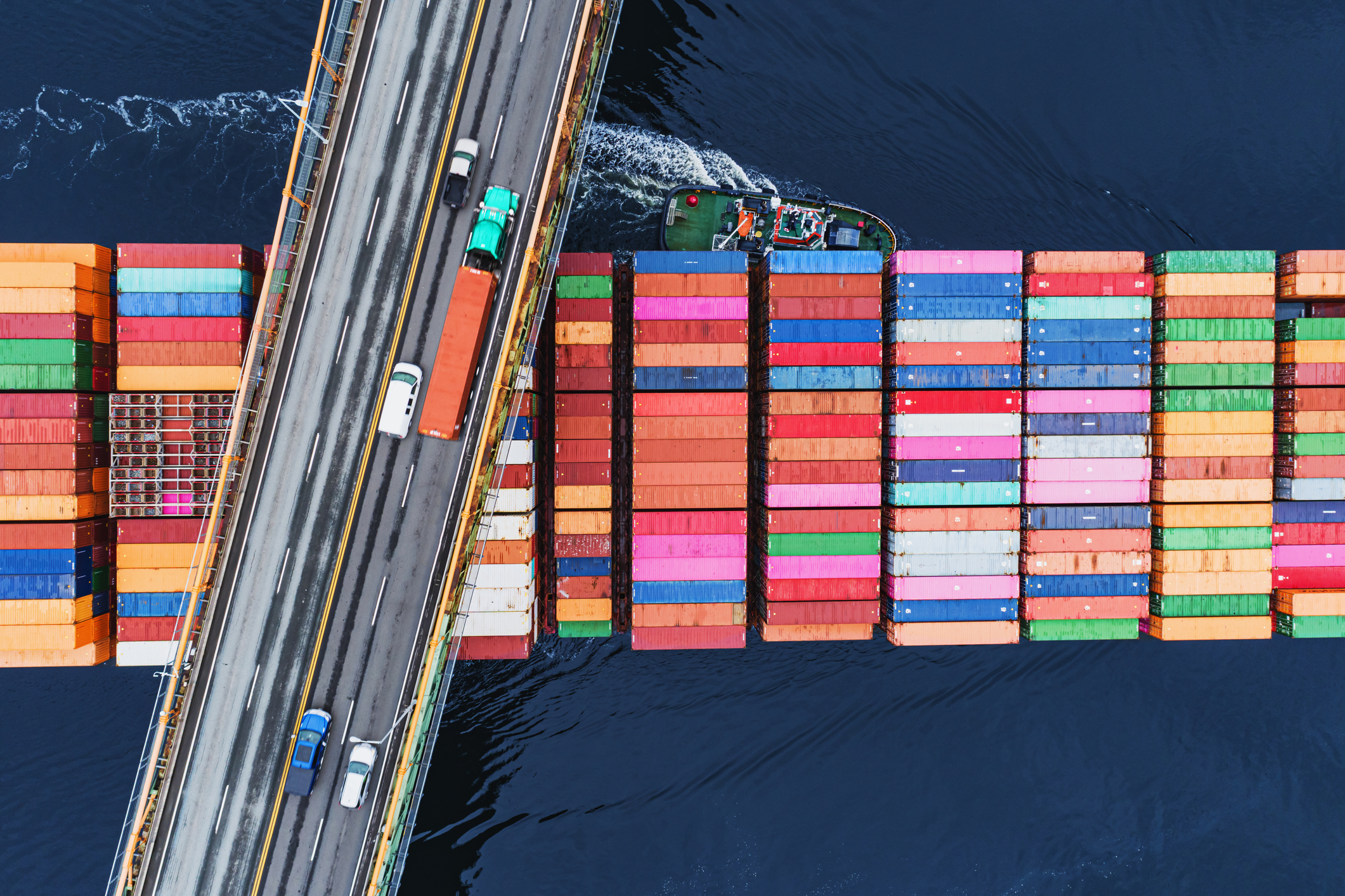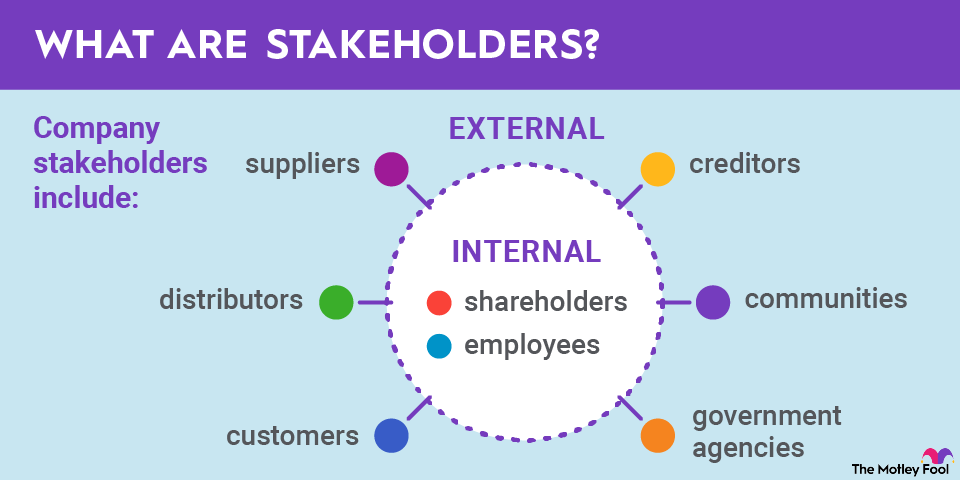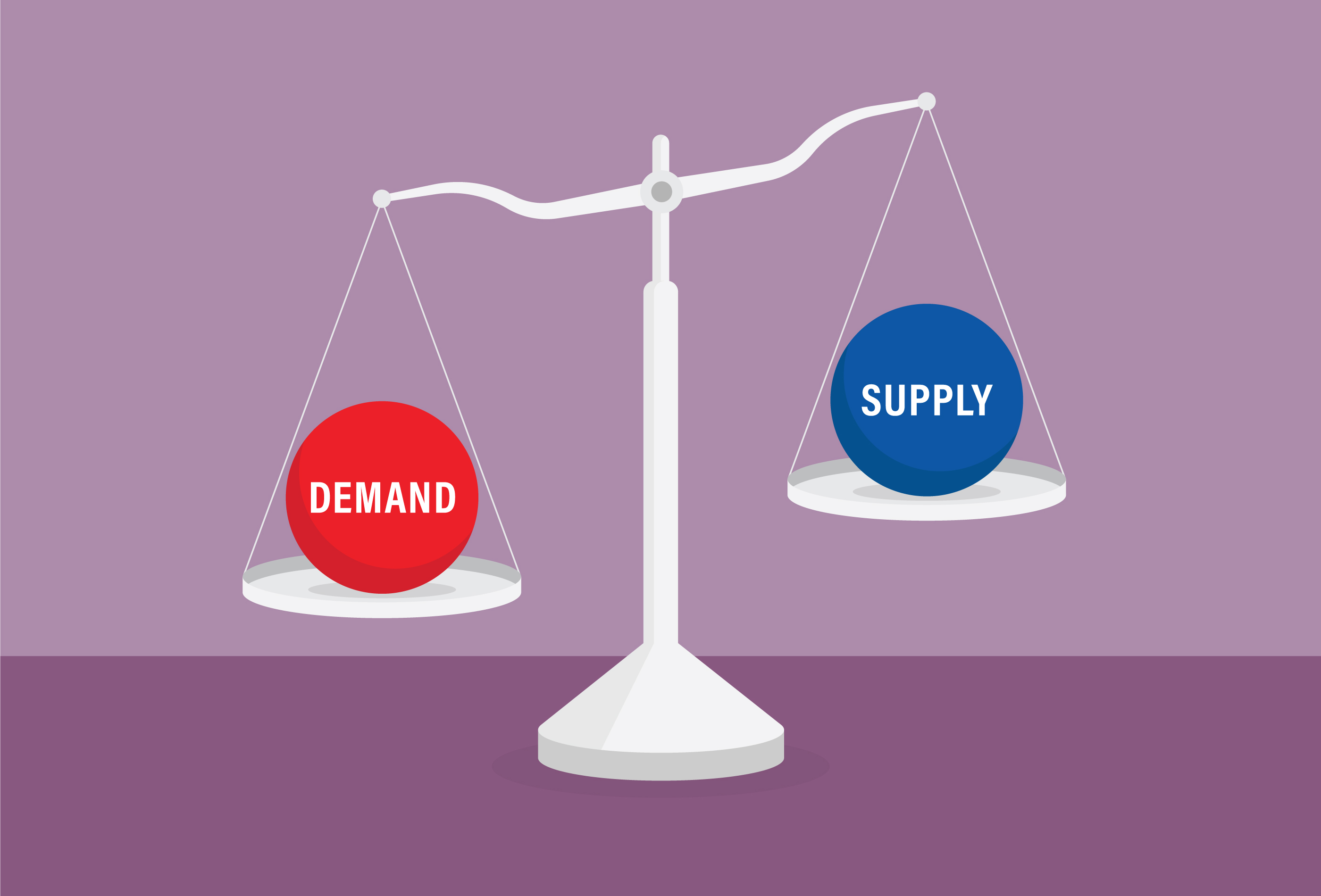A safety deposit box is a lockable storage container that's typically stored in the vaults of a bank or financial institution. They're meant to store valuables and important documents to keep them safe from theft and damage in the event of a fire, flood, or another disaster.
However, using a safety deposit box isn't entirely without risk. Keep reading to learn how safety deposit boxes work, what you can store there, and a few other considerations.
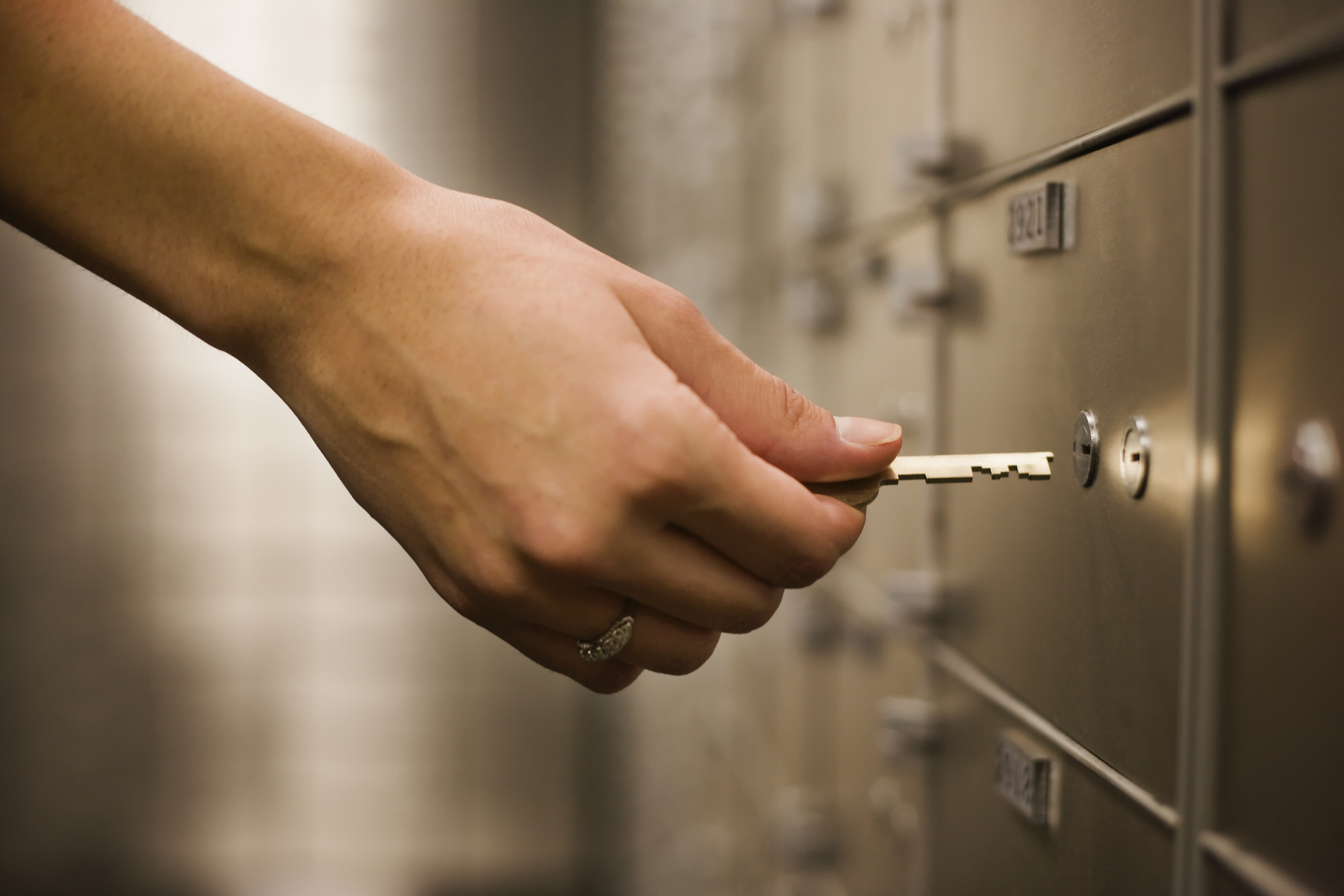
What is a safety deposit box?
A safety deposit box is a secured container (usually a metal box) that you rent to store valuables and important documents in the vault of a bank or credit union. Sometimes, they're referred to as safe deposit boxes.
The boxes usually range in size from 3 inches by 5 inches to 10 inches by 15 inches. They're built to withstand natural disasters, like fires, hurricanes, and tornadoes, and also offer storage that's highly secured against theft and robbery. Depending on the size of the safe deposit box, you could pay anywhere from $15 to $350 per year to rent one.
When you open a safety deposit box, your financial institution will create two keys. They hang onto one key and give you the other. You can usually access your safety deposit box any time during regular business hours by providing identification and unlocking it with your key.
What you should and shouldn't keep in a safe deposit box
Generally, you want to keep documents and valuables in a safe deposit box only if you won't need them in an emergency. Here are some things that you might want to store in a safe deposit box:
- Birth certificates and adoption records.
- Death certificates.
- Marriage and divorce records.
- Deeds and property records.
- Business contracts.
- Immigration paperwork.
- Photographs.
- Jewelry.
- Collectibles.
- Photos and videos of your home for insurance purposes.
On the flip side, here are some things you should consider storing in a home safe rather than a safety deposit box. Make sure a loved one knows that the home safe exists and has access to the lock combination.
- Cash (contents of a safe deposit box aren't FDIC insured).
- Passports.
- Power of attorney forms.
- Living wills.
- Original copies of your last will and testament.
- Uninsured valuables.
- Perishable items.
- Hazardous materials.
- Anything prohibited by your financial institution.
Limitations of safety deposit boxes
Safety deposit boxes generally offer more security than a home safe, but they have some limitations:
- Access to the box is usually limited to regular business hours. That means if you need items in an emergency, you might not be able to access them right away.
- Contents aren't insured. Cash in a safe deposit box isn't FDIC insured, and you'll need to purchase an insurance policy for items like jewelry and other valuables so they're covered.
- It could be difficult for your loved ones to access when you die. The laws for accessing a safe deposit box after the original owner's death vary by state, but in some situations, your loved ones might need to petition a court. Check with an estate attorney about the laws of your state.
- If you stop paying, your property will eventually get turned over to the state. Each state has its own rules, but generally, after three to five years of no payments or activity, the bank will turn over the contents of a safety deposit box to your state treasury department's unclaimed property division.
Example of how to use a safety deposit box
Suppose you have some cash, important documents, and several pieces of valuable jewelry. You're trying to decide which to put in your home safe vs. a safe deposit box at your bank.
It's wise to have some cash at home for an emergency (for example, if there's a major natural disaster, like a hurricane, you may not be able to use your credit cards in the immediate aftermath if electrical and internet outages are widespread). But the rest of your savings is best stored in an FDIC-insured bank account where it's safe from theft or damage and easily accessible.
Related investing topics
Storing important documents, like your home deed, birth certificate, and marriage record, makes sense because you don't typically need those in an emergency. But you wouldn't want to store some documents, like your living will or power of attorney forms, in a safety deposit box because your loved ones likely would need quick access to those documents if you become incapacitated. Instead, you'd want to keep them stored securely in your home and let a loved one know where they can find them.
The safety deposit box can be a good place for your jewelry and any other valuables, though. They're generally safer in the vaults of a bank than they are in your home, although if you need an additional layer of protection, you'll want to purchase separate insurance coverage.

